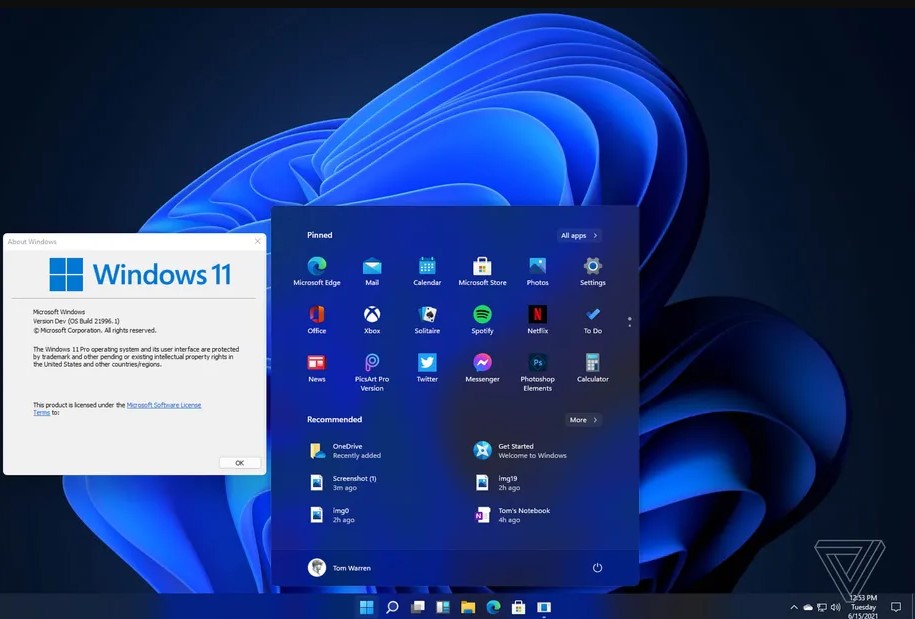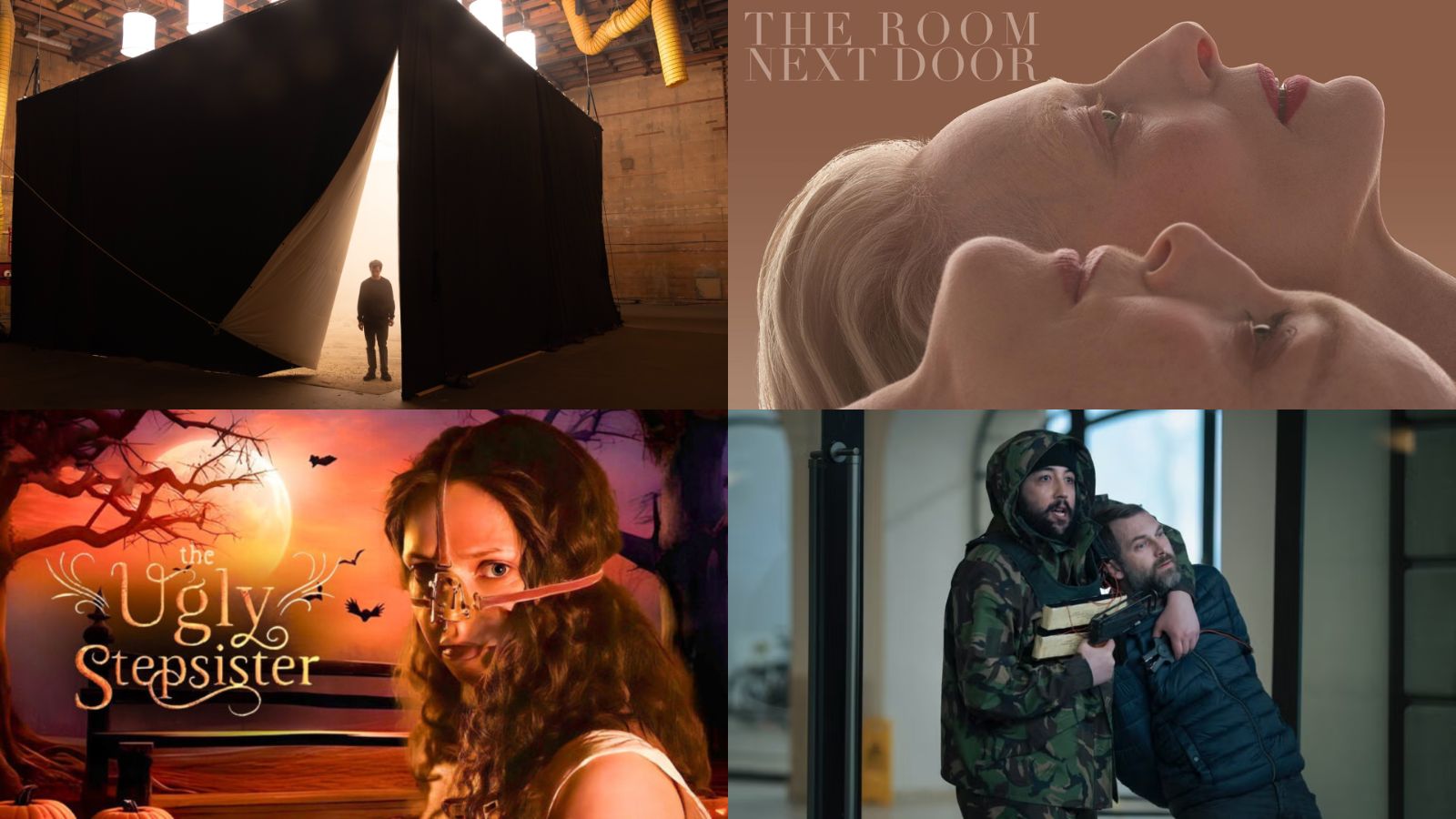
Windows 11 Will Be Released on June 24, 2021: Here’s What It Looks Like
- Microsoft will present the next major release of Windows next week, and it’s going to be called Windows 11.
- It looks very close to Windows 10 and the now-canceled 10X, with several visual enhancements nonetheless.
- Support for Windows 10 will continue until October 2025 and possibly even after that date.
Even though Microsoft has previously made us believe that Windows 10 will be the “last version of Windows,” the software giant will release the next distinct major version of its popular operating system, called Windows 11. Although the release date is set to next week, the user interface has already leaked on Baidu, so we already know what it will look like.
Long story short, it has some eye-candy like rounded window corners, a revamped taskbar, a new start menu, modernized icons, and an interchangeable light/dark mode, but all in all, it isn’t a total departure from how Windows 10 looks. In fact, its elements look very close to what we saw in the now-canceled release of Windows 10X, which was supposed to become Microsoft’s answer to ChromeOS but was eventually canceled.
Of course, new system sounds and new background wallpapers are also included and have been leaked too.
Other additions and improvements include a new app store, a new Xbox Experience app, a new windows snap system, better integration with dual-screen devices, and more.
/cdn.vox-cdn.com/uploads/chorus_asset/file/22660603/win11snap.gif)
All in all, though, it feels more like a visual refresh of Windows 10 than a major release. However, considering that Microsoft is keen to work on Windows 11, adding more features gradually, the new version could differentiate greatly from its predecessor in a couple of years.
As for what will happen with Windows 10, the OS that now holds around 65% of the OS market share won’t be abandoned immediately. Microsoft will continue supporting Windows 10 with monthly security updates until October 2025, although this could be extended through an exclusive program as it happened with Windows 7. The popularity and deployment of Windows 10 are such that leaving it behind will be especially hard for Microsoft and the computing world.
We will get to learn more about Windows 11 when it will be officially released next week, and the launch event is set to start at 11 AM ET on June 24, 2021. At this point, we don’t know what will happen with the pricing and upgrading policy, but it could come as a free upgrade to those with a valid Windows 10 license, just like it happened when passing from Windows 7 to 10.








